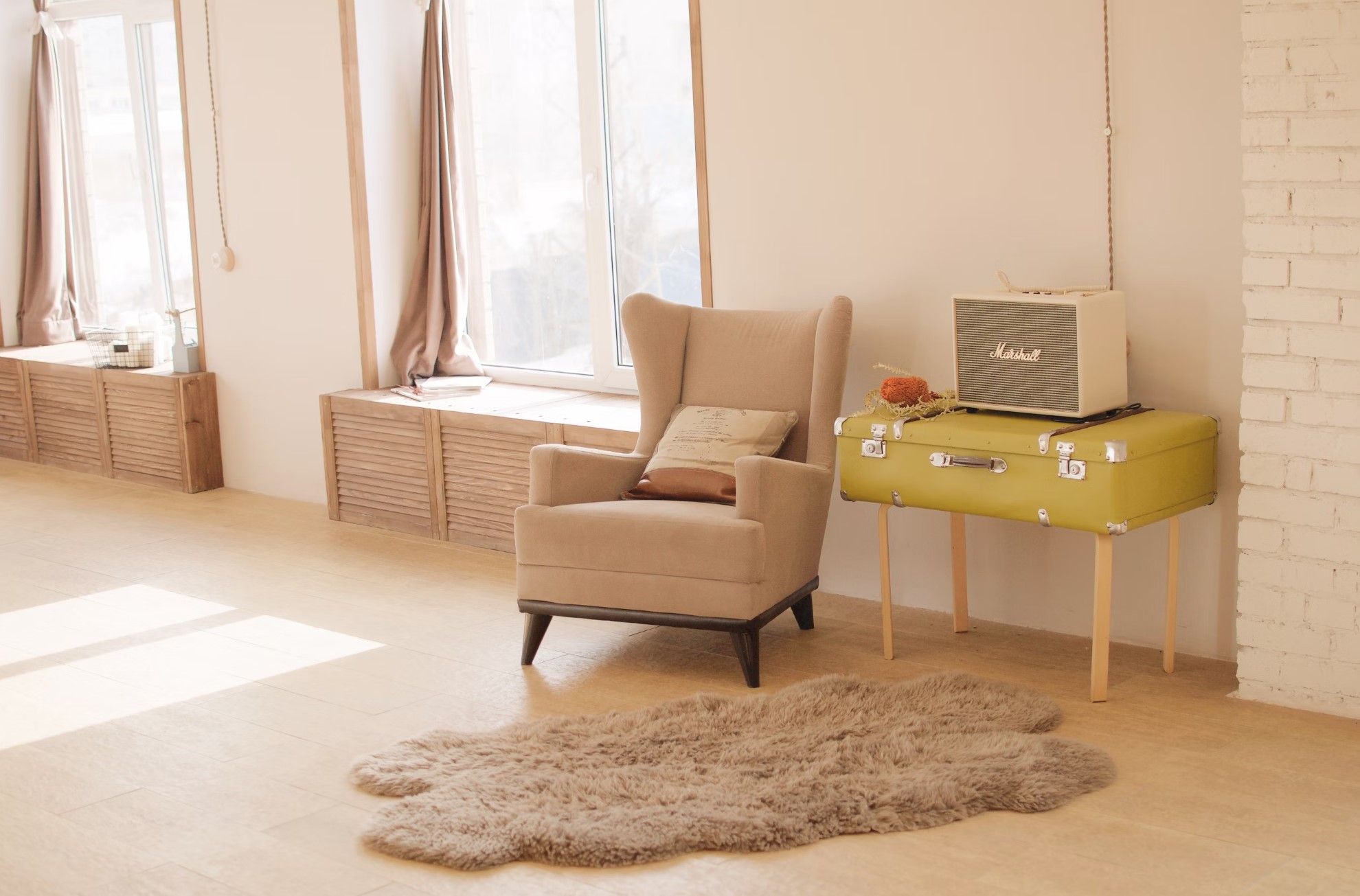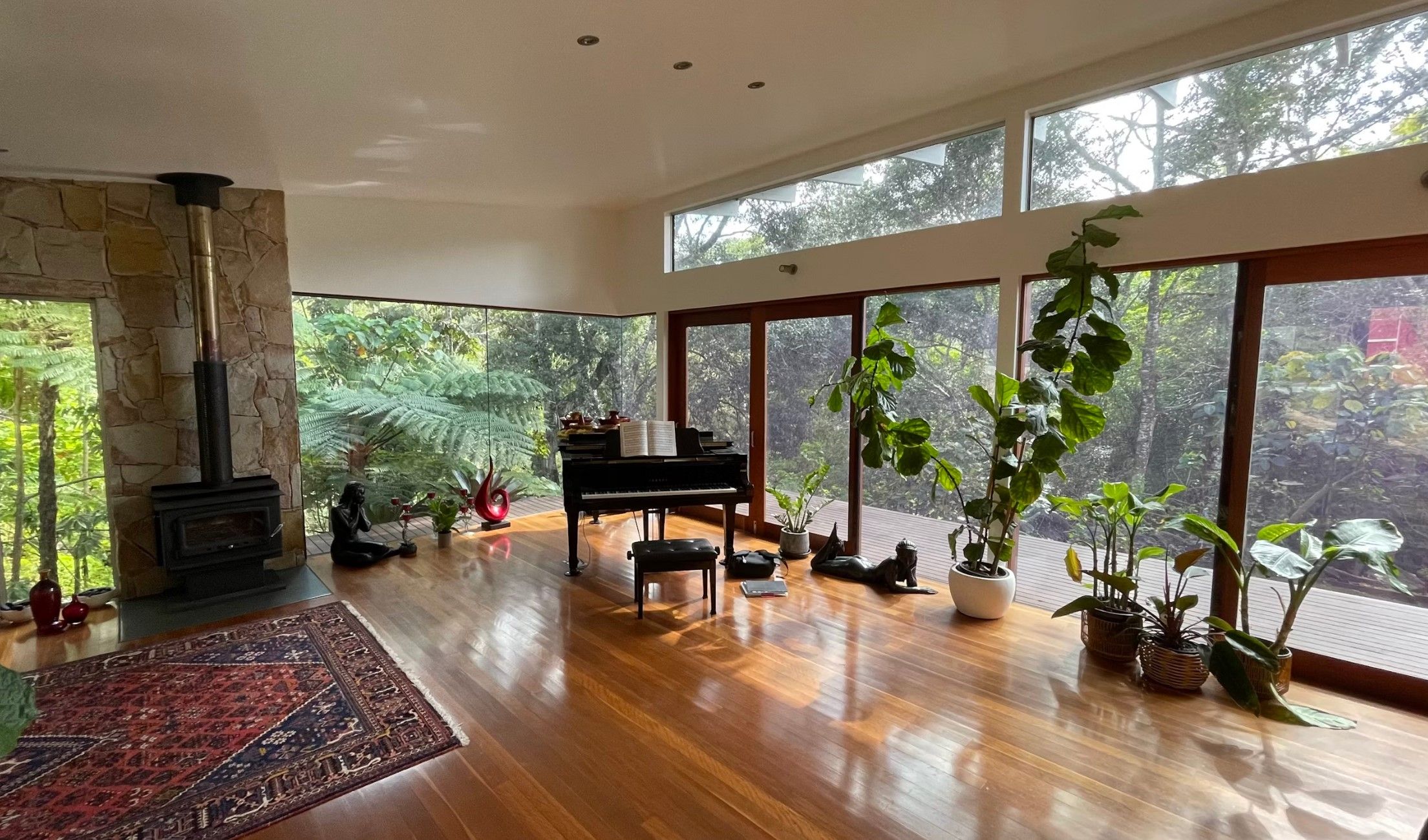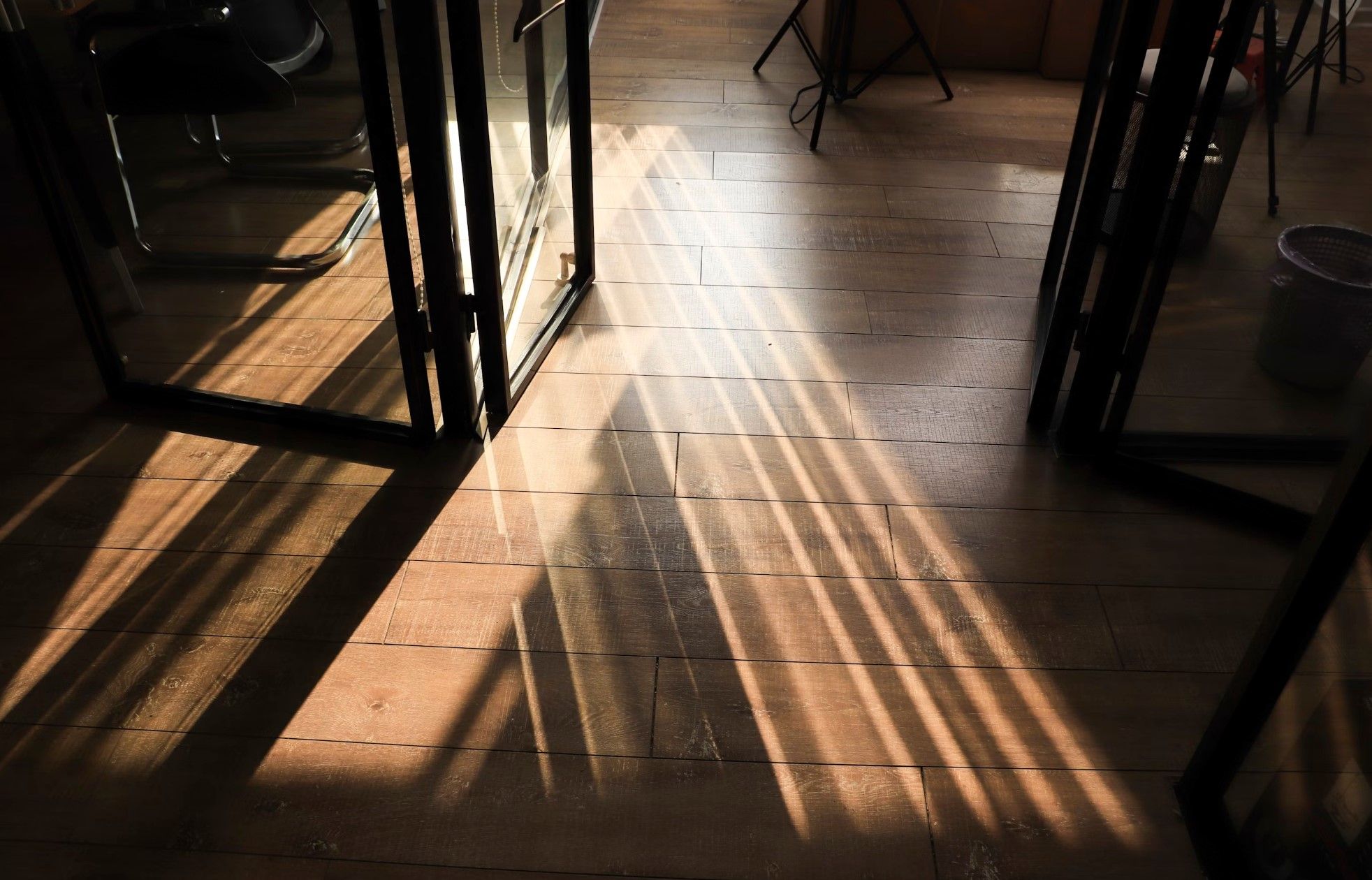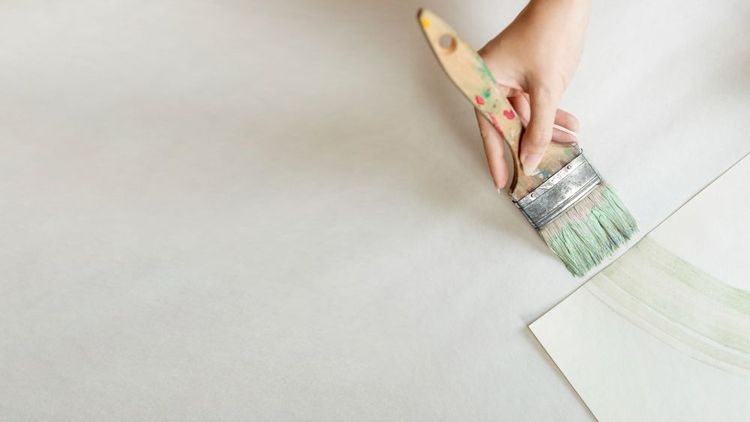The Best Finishes for Your Wooden Floor

Wooden floors add warmth, elegance, and timeless beauty to any home. However, to keep them looking their best and ensure longevity, choosing the right finish is crucial. The finish not only enhances the wood's natural beauty but also protects it from scratches, moisture, and daily wear.
1. Oil-Based Polyurethane: The Classic Protector
Oil-based polyurethane is one of the most popular wood floor finishes due to its durability and rich, amber-toned appearance. It forms a hard, protective layer that resists scratches and moisture.
Pros:
- Extremely durable and long-lasting
- Enhances wood grain with a warm, glossy finish
- Good resistance to water and stains
Cons:
- Strong fumes require proper ventilation
- Longer drying time (24 hours between coats)
- Can yellow over time, especially on lighter woods
Best For: High-traffic areas like living rooms and hallways.

2. Water-Based Polyurethane: A Low-Odor Alternative
Water-based polyurethane provides a clear, non-yellowing finish, making it ideal for light-colored woods. It dries faster and has fewer fumes than oil-based options.
Pros:
- Low odor and quick drying (2-4 hours between coats)
- Maintains the wood's natural color
- Eco-friendly with lower VOC levels
Cons:
- Less durable than oil-based polyurethane
- More expensive
- Requires more coats for full protection
Best For: Homes with children, pets, or light-colored wood floors.
3. Hardwax Oil: A Natural and Luxurious Finish
Hardwax oil (e.g., Osmo, Rubio Monocoat) penetrates the wood, offering protection while maintaining a natural, matte-to-satin look. It's made from natural oils and waxes.
Pros:
- Enhances wood texture with a soft, tactile feel
- Easy to spot-repair without sanding the entire floor
- Eco-friendly and non-toxic once cured
Cons:
- Less resistant to scratches and water than polyurethane
- Requires regular maintenance (reapplication every few years)
Best For: Eco-conscious homeowners and rustic or modern interiors.
4. Penetrating Oil: Deep Protection with a Natural Look
Penetrating oils (like tung oil or linseed oil) soak into the wood fibers, providing a natural, low-sheen finish. They're ideal for those who prefer an organic look.
Pros:
- Deeply nourishes the wood, preventing dryness
- Easy to apply and repair
- Non-toxic and eco-friendly
Cons:
- Offers minimal scratch and water resistance
- Requires frequent reapplication
- Slow drying time
Best For: Low-traffic areas and vintage or reclaimed wood floors.
5. Moisture-Cured Urethane: The Heavy-Duty Option
This industrial-grade finish is extremely durable and moisture-resistant, making it perfect for high-traffic commercial spaces or homes with extreme wear.
Pros:
- Unmatched durability and water resistance
- Long-lasting (up to 25 years with proper care)
Cons:
- Strong fumes require professional application
- Expensive and difficult to apply
- Can darken wood over time
Best For: Commercial spaces, gyms, or homes with heavy foot traffic.

6. Shellac: The Traditional Choice
Shellac is an old-school, natural resin-based finish that provides a glossy, vintage look. However, it's less durable than modern options.
Pros:
- Non-toxic and food-safe once cured
- Easy to apply and repair
- Adds a warm, antique glow
Cons:
- Poor water and alcohol resistance
- Scratches and wears easily
- Not ideal for modern high-use floors
Best For: Historic homes or decorative wood accents.
How to Choose the Right Finish for Your Wooden Floor
When selecting a finish, consider:
- Traffic Levels: High-traffic areas need durable finishes like polyurethane
- Aesthetic Preference: Do you want a glossy, matte, or natural look?
- Maintenance: Some finishes require frequent touch-ups, while others last decades
- Eco-Friendliness: Water-based and natural oil finishes are greener choices
Final Thoughts
The best finish for your wooden floor depends on your lifestyle, aesthetic preferences, and maintenance willingness. Polyurethane offers unbeatable durability, while hardwax oil provides a natural, repairable surface. For a vintage touch, shellac or penetrating oil may be ideal.
By understanding each finish's strengths, you can ensure your wooden floors remain stunning for years to come.



